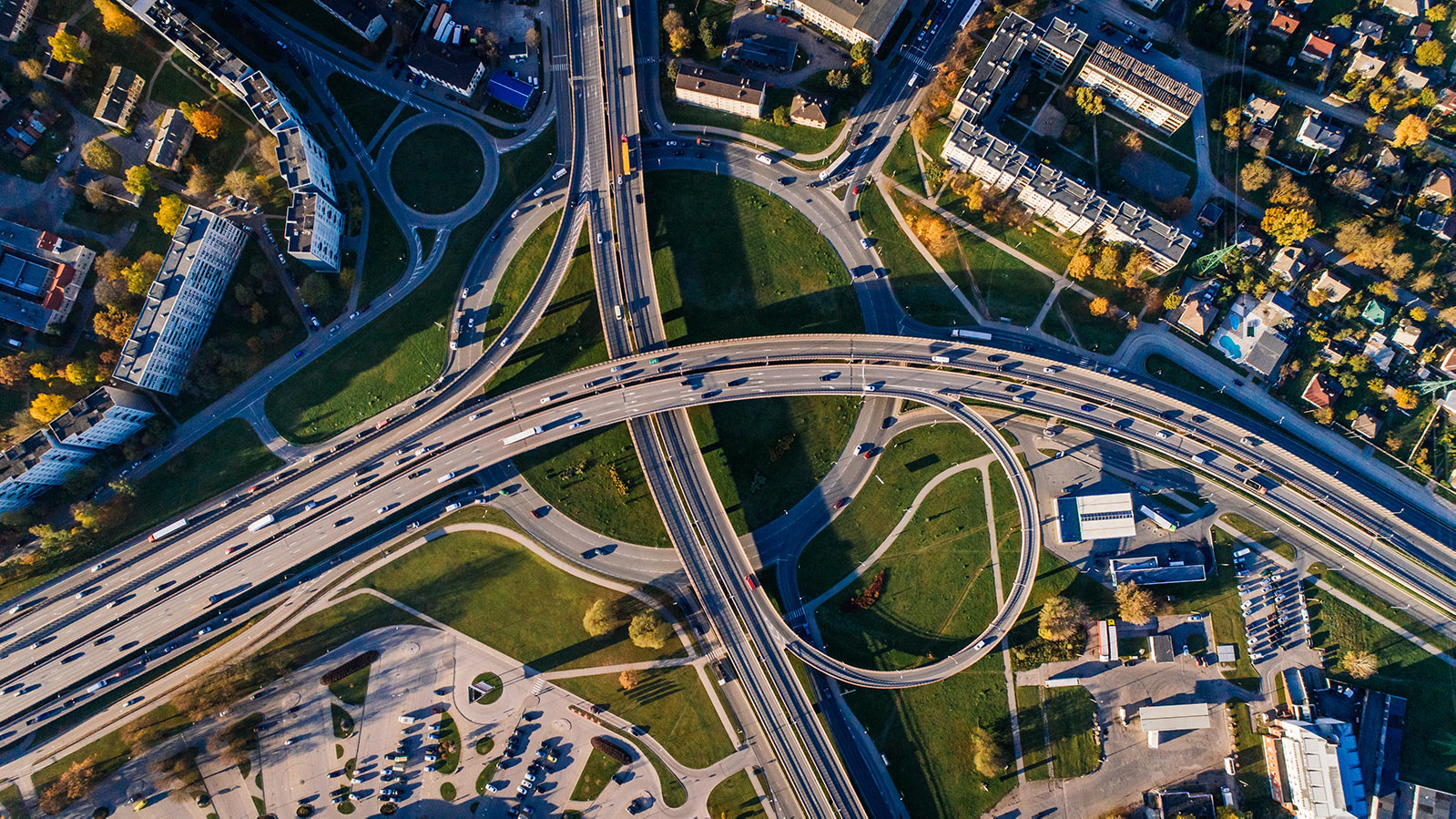People, design, and context are connected—they exchange information, physical materials, and other matters. Interconnections are the materials that flow between components in an experience design scene. They can be real, physical flows such as people moving through the turnstiles before a baseball game at Wrigley Field. Many interconnections are flows of information—signals that go to decision points or action points within a system (Meadows, 2008). For example, an approaching severe storm on the horizon (context) can make a family (people) decide to quickly retreat to a storm shelter (design) to wait out the storm. In this example, both information and people flowed. The information gained from observing the storm triggered a decision to be made and caused the family to move to safety. Components in experience design scenes are not isolated. When designers examine interconnections between components, they have a clearer idea of how components work together and how conditions cause actions.
